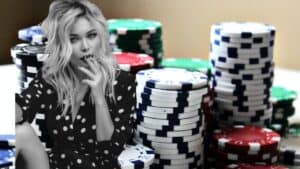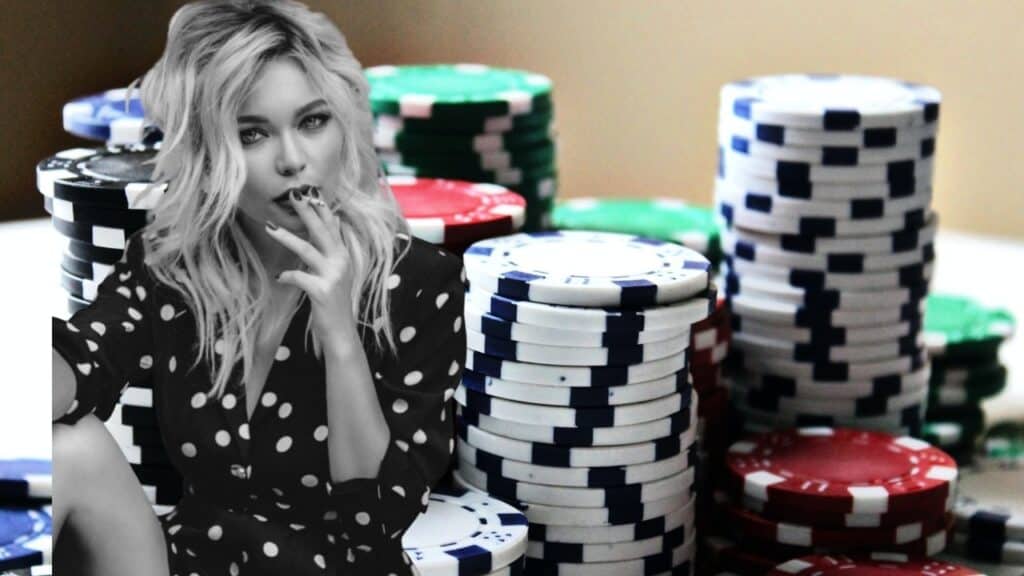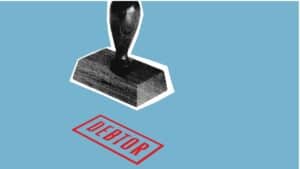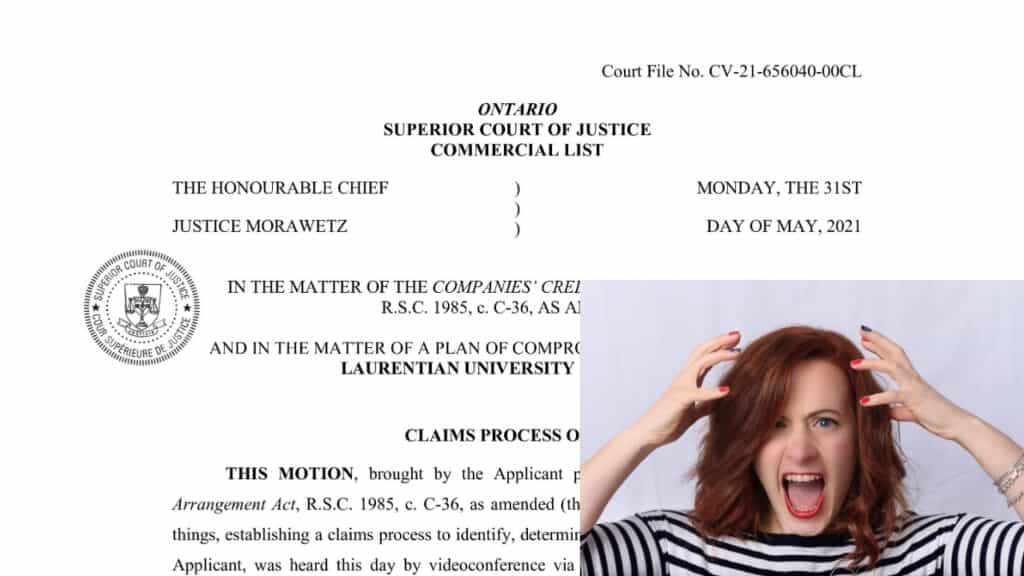
We hope that you and your family are safe, healthy and secure during this COVID-19 pandemic.
Ira Smith Trustee & Receiver Inc. is absolutely operational and Ira, in addition to Brandon Smith, is readily available for a telephone consultation or video meeting.
If you would prefer to listen to the audio version of this Brandon Blog, please scroll to the very bottom and click play on the podcast.
Real estate market in Toronto introduction
Over the last few years, a lot has been written about the red hot real estate market in Toronto and Vancouver. Not even the COVID-19 pandemic has been able to slow them down. Many have predicted that the real estate market in Toronto is a dangerous bubble about to burst.
There is always a need for housing in Toronto. COVID-19 with the Ontario lockdowns and stay-at-home orders has created much change but has not slowed down the real estate market in Toronto. Many people are moving to the suburbs to get more space now that they have been working and living in their homes 24/7. As a result of travel bans, immigration into Canada has temporarily slowed down immigrants still moving to Toronto.
I recently read two articles that are about totally different aspects affecting the real estate market in Toronto. However, when I put these two very different ideas together, it leads me to the conclusion that natural economic forces may be enough to slow down the market for now without any government intervention.
Real estate market in Toronto: Canadians piled on mortgage debt during COVID-19
In my June 9, 2021, Brandon Blog, IS MORTGAGE DEBT NOW THE OBSESSION FOR MANY CANADIANS? I wrote about the mortgage debt surge and its effect on the overall rise in Canadian consumer debt according to Equifax Canada.
An article published in the Toronto Star on June 30, 2021, looked at Canadians who piled on mortgage debt during COVID-19 and how some economists fear a significant correction in the market. The thrust of the article is about:
- the upward pressure on the average price of a home because of bidding wars;
- how first-time buyers are being squeezed out of the real estate market in Toronto given the rise in the average home price/average selling price of a home in the GTA;
- both first-time homebuyers and homeowners in urban centres looking to move farther out and even into the country both for affordability and to get more space since they plan to make working from home a permanent feature in their life;
- how people have maxed themselves out on mortgage debt and how an increase in interest rates may cause financial problems for those homeowners and ultimately a significant correction in the housing markets and a drastic drop in housing prices.
US interest rates
The US Federal Reserve recently announced that based on its expectations for rising inflation this year, it has advanced the timeline for interest rate hikes. However, the Fed offered no indication as to when it will begin reducing its aggressive bond-buying program. Fed Chairman Jerome Powell acknowledged that the topic was reviewed at a recent Fed meeting.
Advancing the time frame for raising the rate of interest is all relative. The policymaking Federal Open Market Committee left its benchmark short-term borrowing rate at near zero. Yet officials indicated that rate increases won’t come until 2023, after saying last March, it saw no increases until at the very least 2024. So interest rates in the US are anticipated to stay very low for the foreseeable future. So if the US Fed is not increasing interest rates any time soon, mortgage rates should not be either.
Canadian interest rates
At its June 9, 2021 conference, the Bank of Canada held its target for the overnight rate of 1/4 percent, with the Bank Rate at 1/2 percent and the deposit rate at 1/4 percent. The Bank is maintaining its present expectations for the overnight rate. This is strengthened and also supplemented by the Bank’s quantitative easing program, which continues at a target pace of $3 billion each week.
With vaccinations proceeding at a quicker pace and provincial constraints easing over the summertime, the Canadian economy is anticipated to rebound strongly, led by consumer spending. Real estate market activity is expected to moderate yet stay very active. Solid developments in global demand and higher prices for commodities ought to bring about a strong recovery in exports and business investment.

The real estate market in Toronto and interest rates
Therefore, it seems that there will not be upward pressure on interest rates, and therefore probably not on mortgage rates either, soon. Both the US Fed and the Bank of Canada do not seem to be in any hurry to increase interest rates.
Another factor in Canada is the newer mortgage stress test. This newer stress test was created to ensure that borrowers can meet a more stringent economic test to qualify for a home mortgage. Effective June 1 of this year, the newer test requires borrowers to qualify at the higher of an annual rate of interest of either 5.25 percent or 2 percent over the current published home mortgage market rate they can get.
This makes it harder for some to qualify for a home mortgage. The federal government hopes this will lead to lowering the pool of qualified borrowers and therefore at some point, decreasing house prices.
Both the US and Canadian governments seem happy to not try to battle inflation through increased interest rates. Coming out of the pandemic, both countries will welcome their economies bouncing back and growing. Inflation will be a natural by-product of the resurgent economies. Higher prices will mean that employers will have to increase minimum wages if they wish to attract employees to handle business growth. A higher minimum wage without any government intervention of new legislation because of inflationary pressures will be a dream come true, especially in the United States. In Canada, it is always good to head into an election while there is good economic growth.
Given all of the above, I don’t see that the real estate market in Toronto being affected by increased mortgage rates, because, there won’t be an increase in 2021 and possibly not even in 2022. So I don’t see higher interest rates being a factor at all in causing downward pressure on house prices, especially in Canada’s largest city.
Real estate market in Toronto: Homebuyer’s gridlock
The second article deals with homebuyer’s gridlock. How does this relate to the real estate market in Toronto? We have seen that people staying in their homes 24/7 during the coronavirus pandemic has allowed them to reevaluate their long-term housing needs and lifestyle choices. This has kept the Canadian real estate market strong as people see what they like and what they don’t like in their current homes. They want to get more of what they like and want, put their home up for sale and buy that home they feel will suit their needs better.
Other than for perhaps empty-nesters, those making the move are generally buying larger homes. The normal progression is that immigrants coming into Canada, which has been reduced during the pandemic, generally start as renters in Canada’s biggest cities. The dream of all renters is to become first-time homebuyers.
Prospective homebuyers start looking for their starter home. It could be a condominium, a townhouse or semi-detached or detached house. They end up buying from someone who is selling their first home. That person now looks for a larger purchase in the mid-tier. They buy from someone looking to go up into a much larger and perhaps their dream luxury home. Ultimately, the empty-nester luxury home dweller looks to downsize and more than likely will be looking to buy in the condo market. All this market activity fuels the Canadian housing market activity keeping real estate prices strong and strong demand for all types of housing.
Zillow Canada commissioned a new study from Ipsos Reid. Buried among the usual analyses on things like affordability was an unusual item. Home prices across Canada have increased so much, lots of property owners can’t afford to sell. A quarter of house owners all set to sell have not listed, since they can’t afford their next move. This is what a homebuyer’s gridlock is. People are “locked” into their circumstances. It only happens throughout the frothiest of markets, which we are apparently in.
But what happens to market activity if one or more of these different buyer types cannot afford that next move? It means that there will not be as many sellers at different levels of homes. If the number of buyers does not decrease in ratio to the decrease in sellers, this will cause bidding wars and upward pressure on prices.
To determine if there is going to be downward or upward pressure, we have to know the supply and demand statistics for each level of housing. One thing for sure though, if the number of buyers decreases, this means less demand. Less demand means that prices would not increase. They may not drop dramatically, but they certainly will not increase either.

Real estate market in Toronto summary
With borrowing costs remaining low, the mortgage stress test making sure that borrowers can afford their mortgage at higher interest rates and now many would-be sellers not able to afford that next move up, I don’t agree with those market watchers who are predicting a huge real estate market in Toronto bubble about to burst.
Rather, I see market conditions remaining relatively stable, with perhaps less volume of activity than we have seen over the last couple of years. Average house prices may go down, but I don’t believe it is going to be a huge drop. Rather, I think the real estate market in Toronto may take a bit of a rest, until the next round of price appreciation. Ultimately, population growth in and around the GTA should fuel a new cycle of pent-up demand that will create new demand for ownership housing in Canada’s major cities.
I hope that you found this real estate market in Toronto Brandon Blog interesting. Problems can arise when there are increases in the prices of the goods and services that you need when you already have too much consumer debt.
If you are concerned because you or your business are dealing with substantial debt challenges, whether you need gambling debt help or just plain old debt help and you assume bankruptcy is your only option, call me.
It is not your fault that you remain in this way. You have actually been only shown the old ways to try to deal with financial issues. These old ways do not work anymore.
The Ira Smith Team utilizes new modern-day ways to get you out of your debt difficulties with debt relief options as alternatives to bankruptcy. We can get you the relief you need and so deserve. Our professional advice will create for you a personalized debt-free plan for you or your company during our no-cost initial consultation.
The tension put upon you is big. We know your discomfort factors. We will check out your entire situation and design a new approach that is as unique as you and your problems; financial and emotional. We will take the weight off of your shoulders and blow away the dark cloud hanging over you. We will design a debt settlement strategy for you. We know that we can help you now.
We understand that people and businesses facing financial issues need a realistic lifeline. There is no “one solution fits all” method with the Ira Smith Team. Not everyone has to file bankruptcy in Canada. The majority of our clients never do as we know the alternatives to bankruptcy. We help many people and companies stay clear of filing an assignment in bankruptcy.
That is why we can establish a new restructuring procedure for paying down debt that will be built just for you. It will be as one-of-a-kind as the economic issues and discomfort you are encountering. If any one of these seems familiar to you and you are serious about getting the solution you need to become debt-free, contact the Ira Smith Trustee & Receiver Inc. group today.
Call us now for a no-cost bankruptcy consultation.
We hope that you and your family are safe, healthy and secure during this COVID-19 pandemic.
Ira Smith Trustee & Receiver Inc. is absolutely operational and Ira, in addition to Brandon Smith, is readily available for a telephone consultation or video meeting.


















